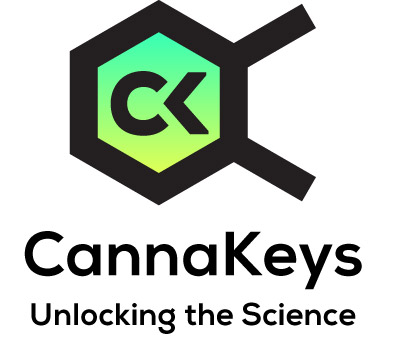Anandamide (AEA) Research Dashboard
What am I missing as a non-subscriber?
To see a full dashboard with study details and filtering, go to our DEMO page.
As a subscriber, you will be able to access dashboard insights including chemotype overviews and dosing summaries for medical conditions and organ system and receptor breakdowns for cannabinoid and terpene searches. Study lists present important guidance including dosing and chemotype information with the ability to drill down to the published material. And all outputs are fully filterable, to help find just the information you need. Stay up-to-date with the science of cannabis and the endocannabinoid system with CannaKeys.
CannaKeys has 669 studies associated with Anandamide (AEA).
Here is a small sampling of Anandamide (AEA) studies by title:
- Nutrient composition of different energy-restricted diets determines plasma endocannabinoid profiles and adipose tissue DAGL-α expression; a 12-week randomized controlled trial in subjects with abdominal obesity
- Effects of Cannabidiol and Delta-9-Tetrahydrocannabinol on Plasma Endocannabinoid Levels in Healthy Volunteers: A Randomized Double-Blind Four-Arm Crossover Study
- Acute and Long-Term Effects of App-Delivered Heartfulness Meditation on Psychological Outcomes and the Endocannabinoid Signaling System in Cyclic Vomiting Syndrome
- The circulating and central endocannabinoid system in obesity and weight loss
- Absence of Evidence for Sustained Effects of Daily Cannabidiol Administration on Anandamide Plasma Concentration in Individuals with Cocaine Use Disorder: Exploratory Findings from a Randomized Controlled Trial
Components of the Anandamide (AEA) Research Dashboard
- Top medical conditions associated with Anandamide (AEA)
- Proven effects in clinical trials for Anandamide (AEA)
- Receptors associated with Anandamide (AEA)
- Individual study details for Anandamide (AEA)
Ready to become a subscriber? Go to our PRICING page.
Page Quick Links
Select New Cannabinoid
Overview - Anandamide (AEA)
Description of Anandamide (AEA)
Anandamide was the first endogenous (naturally occurring inside the human body) cannabinoid to be discovered in 1992 by R. Mechoulam, L. Hanus et al. The team named the compound combining the Sanskrit word for bliss, "ananda," and the word "amide" describing an organic chemical compound to arrive at the name anandamide. The naturally occurring enzyme fatty acid amide hydrolase (FAAH) breaks down AEA.
Other Names:
Anandamide (N-arachidonyl ethanolamide)Anandamide, Arachidonylethanolamide, Arachidonoyl ethanolamide, N-Arachidonoylethanolamine
IUPAC Name: (5Z,8Z,11Z,14Z)-N-(2-hydroxyethyl)icosa-5,8,11,14-tetraenamide
Molecular Formula: C22H37NO2
Source–PubChem
Anandamide (AEA) Properties and Effects
Only Members can view Properties and Effects information. See DEMO page.
Anandamide (AEA) Receptor Binding
Only Members can view Receptor Binding information. See DEMO page.
Disclaimer
Information on this site is provided for informational purposes only and is not meant to substitute for the advice provided by your own licensed physician or other medical professional. You
should not use the information contained herein for diagnosing or treating a health problem or disease. If using a product, you should read carefully all product packaging. If you have or suspect that you have a
medical problem, promptly contact your health care provider.
Information on this site is based on scientific studies (human, animal, or in vitro), clinical experience, or traditional usage as cited in each article. The results reported may not necessarily occur in all individuals. For many of the conditions discussed, treatment with prescription or over-the-counter medication is also available. Consult your physician, nutritionally oriented health care practitioner, and/or pharmacist for any health problem and before using any supplements or before making any changes in prescribed medications.

